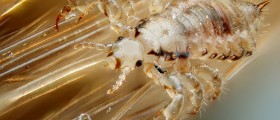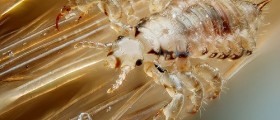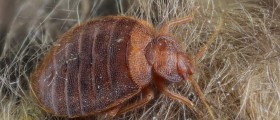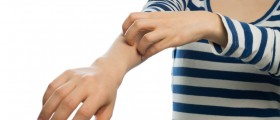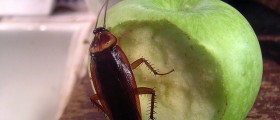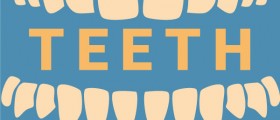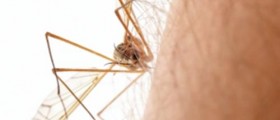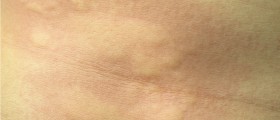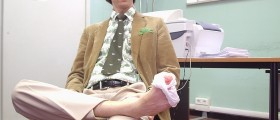Overview
Body lice are very small insects, about three to four millimetres in size, and live in bedding and clothing. These small insects travel to the skin throughout the day to bite the area and then feed on the affected individual's blood. The most common places where body lice are found include the groin, waist, armpits, shoulders, and the neck.
Causes and Risk Factors
The most common areas for body lice to lay their eggs are in the seams of clothing. Others can become contaminated with body lice if they come into contact with a person who already has this problem or with contaminated bedding or clothing.
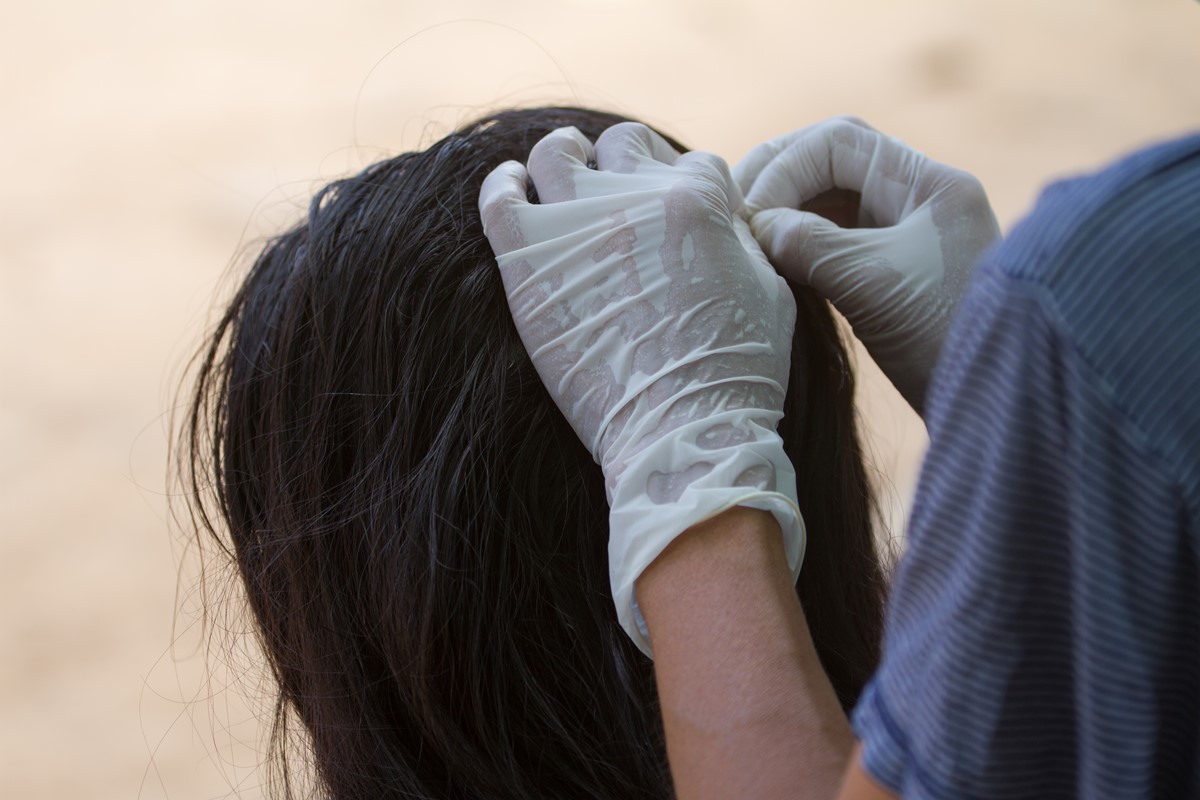
Complications
Sometimes body lice infestations can result in some unwanted complications including:
- Secondary infections - body lice bite and scratch the skin and this causes irritation and itching. The affected individual will then scratch the affected areas and the skin may break and a secondary infection can occur.
- Bacterial spread - body lice can carry bacterial diseases such as relapsing fever, typhus, or trench fever which can then be spread.
- Changes in the skin - chronic body lice infestations and irritation can result in changes such as discolouration and thickening of the skin, especially around the upper thighs, groin, or waist.
Prevention
Recommendations to help prevent an infestation with body lice include avoiding close, physical contact with someone who has body lice as well as not sharing the clothing or bedding of affected individuals.
Bathing regularly and changing into clean clothing at least weekly may help control and prevent body lice from spreading.
Management
The recommended way to wash contaminated clothing and bedding is in hot water (at least 54 degrees Celsius) and then machine dry them on high heat for at least 20 minutes. Articles that cannot be cleaned should be placed in plastic bags and left in a warm area for around two weeks. Larger furniture such as couches and mattresses should be sprayed with products that kill the body lice or hot ironed to get rid of any eggs.
If these measures are ineffective, then one can try using over-the-counter shampoos or lotions such as Rid or Nix which can be applied to the affected areas of the body.
If these products still do not work then one should consult with their primary care doctor to be prescribed a lice-killing product. These can be toxic to humans so it is advised that anyone using them should follow the direction of use very carefully.
Exposure to any items infested with body lice should be avoided for at least two weeks.
- www.ncbi.nlm.nih.gov/books/NBK470343/
- Photo courtesy of SteadyHealth


